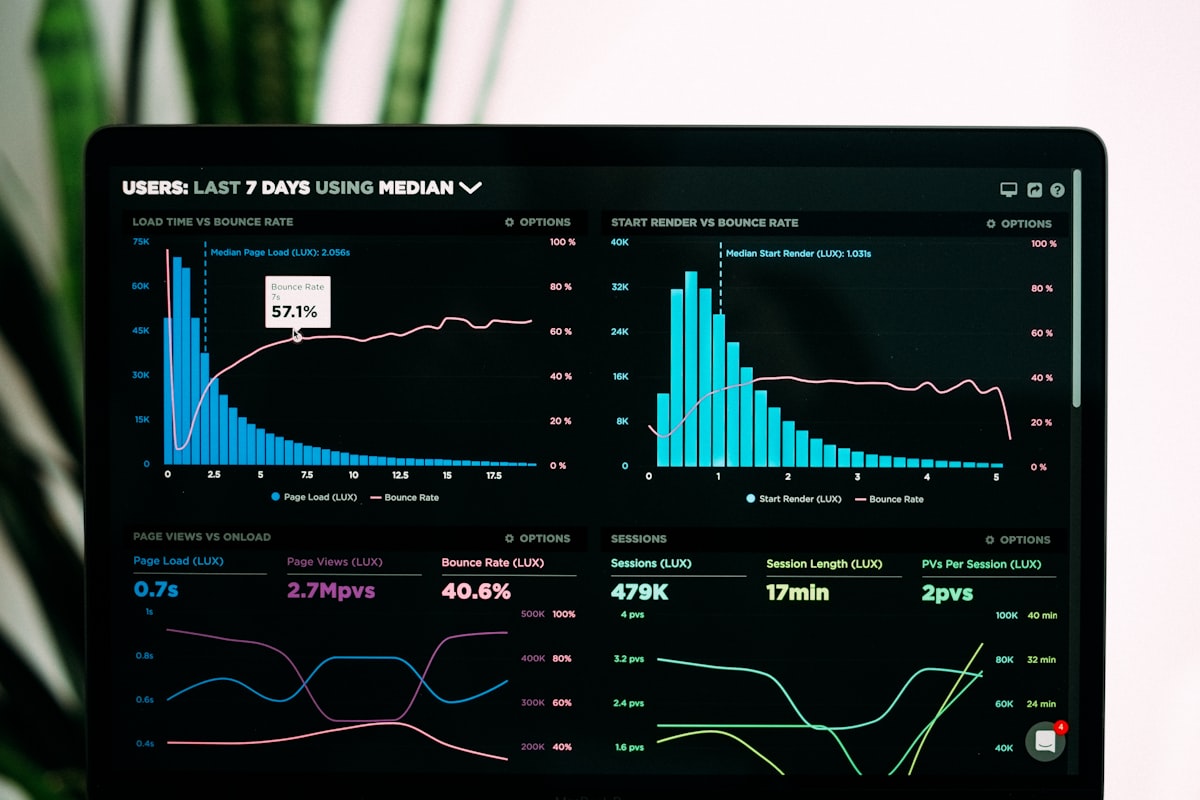
As a beginner forex trader, learning effective risk management techniques is absolutely crucial to protect your trading capital and ensure long-term success in the currency markets. Many new traders focus solely on finding profitable trading strategies while neglecting the equally important aspect of capital preservation.
In this comprehensive guide, we'll explore essential forex risk management techniques that every beginner should master. By implementing these strategies, you'll significantly improve your chances of surviving the challenging early stages of your trading journey and position yourself for consistent profitability.
Why Risk Management is Critical in Forex Trading
Forex trading involves substantial risk, with approximately 70-80% of retail traders losing money according to various regulatory reports. The primary reason for these losses isn't necessarily bad trading strategies, but rather poor risk management practices.
The average retail forex trader loses between $1,500-$3,000 in their first year of trading, primarily due to inadequate risk management (CFTC Report 2024).
Effective risk management in forex trading serves three vital purposes:
- Capital Preservation: Protects your trading account from significant drawdowns
- Emotional Control: Reduces stress and helps maintain trading discipline
- Longevity: Ensures you stay in the game long enough to develop profitable strategies
Essential Forex Risk Management Techniques
1. The 1-2% Risk Rule
The golden rule of forex risk management is to never risk more than 1-2% of your trading capital on a single trade. This means if you have a $5,000 account, your maximum risk per trade should be $50-$100.
| Account Size | 1% Risk | 2% Risk |
|---|---|---|
| $1,000 | $10 | $20 |
| $5,000 | $50 | $100 |
| $10,000 | $100 | $200 |
| $25,000 | $250 | $500 |
Beginners should start with the 1% rule until they develop consistent profitability. Even experienced traders rarely exceed 2% risk per trade.
2. Proper Position Sizing
Position sizing determines how many lots or units you trade based on your stop-loss distance and account risk percentage. Calculating position size properly ensures you're not overexposed on any single trade.
The formula for position sizing is:
Position Size = (Account Risk in $) / (Stop Loss in Pips × Pip Value)
For example, if you have a $10,000 account risking 1% ($100) on a EUR/USD trade with a 50-pip stop loss (where each pip is worth $10 for a standard lot):
Position Size = $100 / (50 × $10) = 0.2 lots
Use our free Forex Position Size Calculator to automatically determine your ideal trade size based on your account balance, risk percentage, and stop-loss distance.
3. Setting Appropriate Stop-Loss Orders
A stop-loss is an order that automatically closes your trade at a predetermined price level to limit losses. There are several effective stop-loss strategies:
- Technical Stop: Placed beyond key support/resistance levels or chart patterns
- Percentage Stop: Based on a fixed percentage of your account balance
- Volatility Stop: Adjusted for current market volatility (using ATR indicator)
- Time Stop: Exiting if the trade doesn't move in your favor within a set time

Avoid moving your stop-loss further away to "give the trade more room" - this violates your risk management rules and can lead to larger-than-expected losses.
4. Maintaining a Favorable Risk-Reward Ratio
The risk-reward ratio compares your potential profit to your potential loss on a trade. A minimum 1:2 ratio is recommended, meaning your profit target should be at least twice your stop-loss distance.
Example of different risk-reward ratios:
| Risk-Reward | Stop-Loss | Take-Profit | Win Rate Needed |
|---|---|---|---|
| 1:1 | 50 pips | 50 pips | 50% |
| 1:2 | 50 pips | 100 pips | 33% |
| 1:3 | 50 pips | 150 pips | 25% |
As shown, better risk-reward ratios allow you to be profitable with lower win rates. This is why professional traders often focus more on risk management than trying to predict every market move correctly.
5. Managing Leverage Wisely
Forex brokers offer high leverage (up to 1:500 in some jurisdictions), but this is a double-edged sword. While leverage can amplify profits, it can also magnify losses dramatically.
Recommended leverage for beginners:
- Conservative: 1:10 to 1:20
- Moderate: 1:20 to 1:50
- Aggressive: 1:50 to 1:100 (not recommended for beginners)
With a $5,000 account:
- At 1:10 leverage: $50,000 position size
- At 1:100 leverage: $500,000 position size
The same 50-pip move would result in:
- $50 profit/loss at 1:10
- $500 profit/loss at 1:100
6. Diversification and Correlation Awareness
While forex traders typically focus on currency pairs, it's important to understand how different pairs correlate with each other to avoid overexposure:
- Positively Correlated: EUR/USD and GBP/USD (often move similarly)
- Negatively Correlated: EUR/USD and USD/CHF (often move opposite)
- Uncorrelated: EUR/USD and AUD/JPY (little relationship)
Trading multiple positively correlated pairs simultaneously can unknowingly increase your risk exposure. Use our Forex Correlation Matrix to check current correlations between currency pairs.
7. Emotional Control and Trading Psychology
Risk management isn't just about numbers - it's also about controlling your emotions. Common psychological pitfalls include:
- Revenge Trading: Trying to immediately recover losses with impulsive trades
- Overconfidence: Increasing position sizes after a winning streak
- Fear of Missing Out (FOMO): Entering trades without proper analysis
- Hope Trading: Holding losing positions hoping they'll turn around

Develop a pre-trade checklist and never deviate from it. This creates discipline and removes emotion from your trading decisions.
Advanced Risk Management Strategies
Once you've mastered the basics, consider these advanced techniques:
1. Dynamic Position Sizing
Adjust your position sizes based on:
- Account Growth: Increase position sizes gradually as your account grows
- Trade Confidence: Larger sizes for higher-probability setups
- Market Conditions: Reduce sizes during high volatility or news events
2. Portfolio-Level Risk Management
For traders with multiple open positions:
- Limit total exposure to 5-10% of capital across all trades
- Monitor correlations between positions
- Set daily/weekly loss limits
3. Hedging Strategies
Advanced traders can use:
- Direct Hedging: Long and short the same pair (if allowed by broker)
- Cross Hedging: Using correlated pairs to offset risk
- Options Hedging: Using forex options to limit downside
Hedging can become complex and may increase trading costs. Only use hedging strategies after thorough education and practice on demo accounts.
Implementing Your Risk Management Plan
To effectively implement these techniques:
- Create a Written Trading Plan: Document all your risk management rules
- Use Trading Journal: Record every trade and review weekly
- Automate When Possible: Set stop-loss and take-profit orders immediately
- Regularly Review Performance: Adjust strategies based on results
Ready to Master Forex Risk Management?
Join our comprehensive Forex Risk Management Course to learn professional techniques for protecting your trading capital. Get personalized feedback on your trading plan from experienced instructors.
Enroll Now - Risk FreeCommon Risk Management Mistakes to Avoid
| Mistake | Consequence | Solution |
|---|---|---|
| No stop-loss orders | Unlimited downside risk | Always use stop-losses |
| Overleveraging | Account blowups | Limit leverage to 1:20 or less |
| Adding to losing positions | Compounding losses | Never average down |
| Trading too large | Emotional stress | Follow 1-2% risk rule |
| Ignoring correlations | Unintended overexposure | Monitor portfolio risk |
Risk Management Tools for Forex Traders
Utilize these tools to implement your risk management strategy:
- Position Size Calculators: Automate your sizing calculations
- Economic Calendars: Avoid trading during high-impact news
- Volatility Indicators: ATR, Bollinger Bands to gauge market conditions
- Trading Journals: Track performance and adherence to rules
- Correlation Matrices: Monitor relationships between pairs
Access our collection of free forex risk management tools including position size calculators, correlation matrices, and volatility indicators to help implement these strategies.
Final Thoughts: Making Risk Management a Habit
Developing strong risk management habits is the most important skill a beginner forex trader can cultivate. While finding profitable trading setups is certainly important, without proper capital protection, even the best strategies will fail over time.
Remember these key principles:
- Risk only 1-2% of capital per trade
- Always use stop-loss orders
- Maintain favorable risk-reward ratios (minimum 1:2)
- Keep leverage at reasonable levels
- Monitor your emotions and stick to your plan
By consistently applying these forex risk management techniques, you'll protect your trading capital while giving yourself the best opportunity to grow your account steadily over time.
Continue your forex education with our Forex Trading Courses or practice these risk management techniques on a free demo account before risking real capital.




